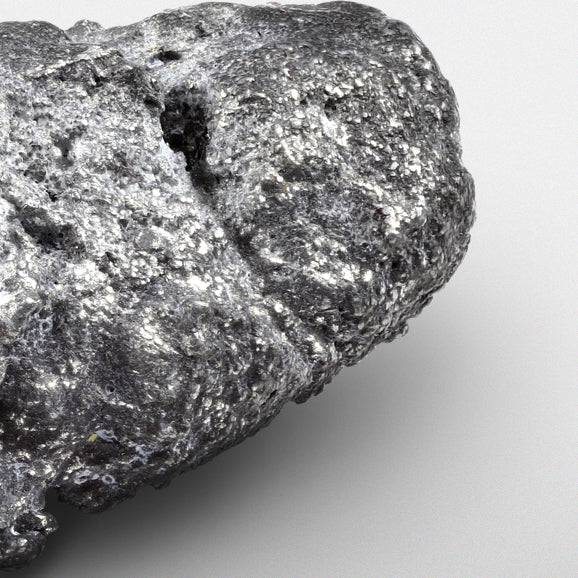Advantages Of Platinum
Platinum is hypoallergenic to a higher degree than even white gold.
Platinum is rarer than gold and has become associated with wealth and quality. That's why platinum credit cards are higher status than mere gold cards.
The higher weight than gold gives platinum jewellery an increase 'heft', it feels even more substantial, more quality, than gold.
The white metal flatters fair skin or those with a rosy complexion.
Disadvantages Of Platinum
Although it looks almost exactly the same as white gold, it tends to cost more due to its greater weight as compared to white gold.
Platinum picks up scratches over time, giving the platinum a dulled appearance. A smooth finished ring can look significantly dulled after just a few months of wear.
Every year or so platinum will need a thorough clean and polish. Cleaning can remove a small amount of platinum.
The higher price than white gold of platinum settings makes platinum a bad value choice. If you buy a white gold setting, you can spend the difference on a bigger, better, diamond.
Working on platinum to make jewellery or to repair it requires special tools and very high temperatures, this adds to the cost of creating jewellery and also to the cost of repairing it.


